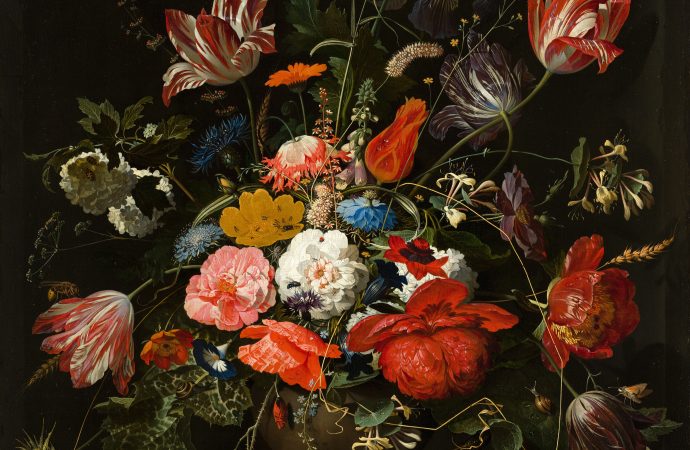Subheading: Unveiling the World of Botanical Art Botanical art is a genre that combines artistic creativity and scientific accuracy to depict the captivating beauty of plants and flowers. Through intricate brushstrokes and meticulous attention to detail, botanical artists capture the essence of flora on canvas, offering viewers a glimpse into the fascinating world of plants.
Subheading: Unveiling the World of Botanical Art
Botanical art is a genre that combines artistic creativity and scientific accuracy to depict the captivating beauty of plants and flowers. Through intricate brushstrokes and meticulous attention to detail, botanical artists capture the essence of flora on canvas, offering viewers a glimpse into the fascinating world of plants. With a rich history spanning centuries, botanical art continues to enchant art enthusiasts and nature lovers alike. In this article, we delve into the mesmerizing beauty of flora on canvas, exploring the techniques, history, and significance of this captivating art form.
Subheading: The Marriage of Artistry and Science
Botanical art is more than just aesthetically pleasing images of plants; it is a unique blend of artistry and science. Botanical artists strive for accuracy and precision in their depictions, adhering to scientific conventions such as scale, color, and morphology. Through careful observation, they capture the intricate details of petals, leaves, stems, and fruits, conveying the essence of the plant in stunning realism. By integrating the principles of botany with artistic techniques, botanical art not only showcases the beauty of nature but also serves as a valuable scientific record.
Subheading: Techniques and Materials
Botanical artists employ various techniques and materials to bring their creations to life. Watercolor is a popular medium due to its transparency, allowing artists to capture the delicate hues and textures of plants. The layering of washes and the use of fine brushes enable artists to achieve a remarkable level of detail. Colored pencils are also commonly used, offering artists the ability to render precise textures and gradients. Other mediums such as pen and ink, graphite, and even digital tools are employed by contemporary botanical artists, expanding the possibilities of this art form.
Subheading: Historical Significance
Botanical art has a rich historical significance, dating back centuries. During the Renaissance, botanical illustrations played a vital role in the documentation of new plant discoveries. Explorers and botanists collaborated with artists to create detailed illustrations, forming the basis of botanical knowledge at the time. These illustrations were often featured in scientific publications and plant catalogs, serving as valuable references for botanists, horticulturists, and herbalists. The advent of the printing press further facilitated the dissemination of botanical knowledge, making these illustrations accessible to a wider audience.
Subheading: Contemporary Botanical Art
While botanical art has deep roots in history, it continues to evolve and thrive in the modern age. Contemporary botanical artists are not confined to traditional techniques and styles but explore new possibilities through experimentation and innovation. They incorporate diverse artistic influences, combining traditional techniques with contemporary approaches to create captivating and thought-provoking artworks. Botanical art exhibitions and societies provide platforms for artists to showcase their creations, fostering a vibrant community that celebrates the beauty and importance of plants.
Subheading: Cultivating Appreciation for Nature
Botanical art serves as a powerful medium for cultivating appreciation and understanding of the natural world. Through detailed and accurate portrayals, it draws attention to the exquisite intricacies and diversity of plant life. By capturing the ephemeral beauty of flowers and plants on canvas, botanical artists encourage viewers to pause, reflect, and develop a deeper connection with nature. The art form invites us to explore the interplay of color, form, and texture, instilling a sense of wonder and reverence for the botanical realm.
Subheading: Conclusion
Botanical art offers a captivating window into the mesmerizing beauty of flora. By blending artistry and science, botanical artists create intricate and accurate depictions of plants and flowers. Through the use of various techniques and materials, they breathe life into their creations, revealing the splendor of nature on canvas. With a historical

















Leave a Comment
Your email address will not be published. Required fields are marked with *